Постоянното налягане във водоснабдителната система на частна къща обикновено се създава с помощта на помпена станция. Ясно е, че е по-добре, ако тя работи без проблеми, но периодично се появяват аварии. За да възстановите по-бързо водоснабдяването и да спестите от услуги, можете да ремонтирате помпената станция със собствените си ръце. Повечето от авариите могат да бъдат отстранени самостоятелно - няма нищо супер сложно за правене.
Съдържание на статията
Състав на помпената станция и предназначение на частите
Помпена станция - набор от отделни устройства, свързани помежду си. За да разберете как да ремонтирате помпената станция, трябва да знаете от какво се състои тя, как работи всяка от частите. Тогава е по-лесно да се отстранят неизправностите. Състав на помпената станция:
Всяка от частите е отговорна за определен параметър, но един вид неизправност може да бъде причинена от повреда на различни устройства.
Принцип на работа на помпената станция
Сега нека разгледаме как работят всички тези устройства. При първото стартиране на системата помпата изпомпва вода в хидравличния акумулатор, докато налягането в него (и в системата) се изравни с горния праг, зададен на превключвателя за налягане. Докато няма воден поток, налягането е стабилно и помпата се изключва.
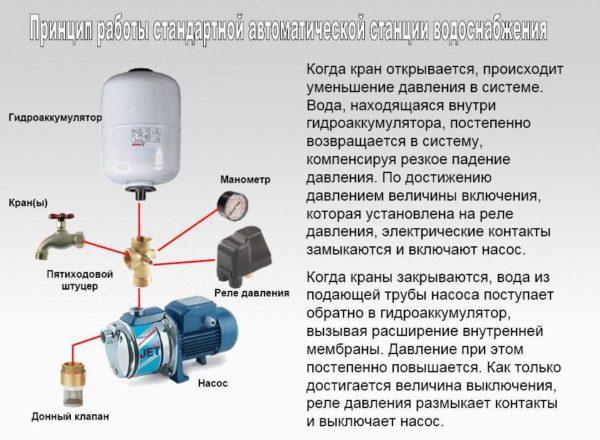
Някъде се отваря кран, пуска се вода и т.н. За известно време от акумулатора тече вода. Когато количеството ѝ намалее толкова много, че налягането в акумулатора спадне под прага, превключвателят за налягане се задейства и включва помпата, която отново изпомпва вода. Тя се изключва отново от превключвателя за налягане, когато се достигне горният праг - прагът на изключване.
Ако има постоянен поток от вода (къпане, поливане на градината), помпата работи дълго време: докато в акумулатора се създаде необходимото налягане. Това се случва периодично, дори когато всички кранове са отворени, тъй като помпата подава по-малко вода, отколкото изтича от всички точки на изпускане. След като дебитът спре, станцията работи известно време, за да създаде необходимия резерв в жироакумулатора, след което се изключва и се включва, след като дебитът се появи отново.
Проблеми и неизправности на помпените станции и тяхното отстраняване
Всички помпени станции се състоят от едни и същи части и повредите им в повечето случаи са типични. Няма значение дали оборудването е на Grundfos, Jumbo, Alco или на друга компания. Заболяванията и тяхното лечение са едни и същи. Разликата е в това колко често се появяват тези повреди, но техният списък и причини обикновено са идентични.
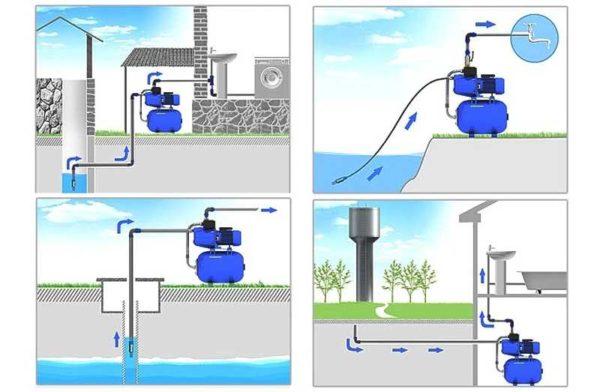
Помпената станция не се изключва (не набира налягане)
Понякога забелязвате, че помпата е работила дълго време и не иска да се изключи. Ако погледнете манометъра, ще видите, че помпената станция не набира налягане. В този случай ремонтът на помпената станция е продължително дело - ще трябва да преминете през голям брой причини:
- Няма вода в кладенеца или сондажа. Ако това е вярно, ситуацията се нарича "работа на сухо" и заплашва, че двигателят ще изгори. Водата, която помпата изпомпва, се използва за охлаждане на двигателя. Ако няма вода, той прегрява и изгаря. За да се предпазите от тази ситуация, е необходима специална защита: датчици за нивото на водата (поплавъчни и електрически).
- Високо съпротивление на смукателната линия (голяма дължина с малък диаметър на тръбата) или приток на въздух (неплътна връзка).
- Запушен филтър на тръбата или възвратен клапан. Те се демонтират, почистват, проверяват се за функционалност, поставят се обратно на мястото им и се пускат в действие.
- Друга възможна причина за неизключването на помпата е повреден превключвател за налягане или неправилно зададена граница на изключване на помпата:
- Границата на налягането, при която помпата трябва да се изключи, е твърде висока, тъй като помпата просто не е в състояние да създаде необходимото налягане. Тогава регулиране на превключвателя за налягане (понижаване на границата на прекъсване).
- Проверете контактите на наляганепревключвател - почистете ги от люспи (тъмни люспи) с много фина шкурка (можете да използвате пила за нокти).
- Отстраняване на неизправности в превключвателя за налягане чрез почистването му(отстраняване на солите върху пружините за регулиране) и почистете входния и изходния отвор). Внимавайте, входната мембрана не трябва да се поврежда. Ако това не помогне, е необходима подмяна.
Ако границата на изключване на превключвателя за налягане е доста под максималното налягане, което помпата може да произведе, и тя е работила нормално известно време, а след това е спряла, причината е друга. Помпата може да има спукано работно колело. Веднага след покупката тя се справя, но в процеса на работа работното колело се износва и "силата вече не е достатъчна". Ремонтът на помпената станция в този случай се състои в смяна на работното колело на помпата или закупуване на нов агрегат.
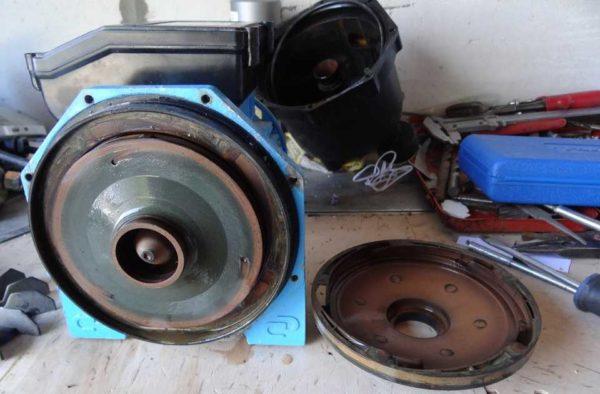
Друга възможна причина е ниско мрежово напрежение. Може би помпата все още работи при това напрежение, но превключвателят за налягане вече не работи. Решението е стабилизатор на напрежението. Това са основните причини, поради които помпената станция не се изключва или не изгражда налягане. Те са доста на брой, така че ремонтът на помпената станция може да отнеме много време.
Ремонт на помпената станция: често се включва
Честото включване на помпата и кратките интервали на работа водят до бързо износване на оборудването, което е много нежелателно. Поради това помпената станция трябва да се ремонтира веднага, щом се открие "симптом". Тази ситуация възниква по следните причини:
- Сайтътхидравличният акумулатор е с твърде малък обем. При избора на помпена станция за дома и вилата често се взема хидроакумулатор с малък обем - 24 литра или 32 литра. Това е много малко, тъй като водният запас в такива резервоари е само 30-50% от общия му обем, т.е. в резервоар от 24 литра да се изпомпват само 7-12 литра вода. Естествено, такъв обем вода се изразходва много бързо, от което следва, че помпата се включва често. Метод на третиране - инсталиране на допълнителен хидроакумулатор (той се свързва паралелно на вече инсталирания).
- Неправилно зададени граници на превключвателя за налягане. За да избегнете тази ситуация, можете да увеличите делтата (разликата между налягането за изключване и включване на помпата) и по този начин да намалите прага на включване на помпата (оптимално - 1-1,5 атм). Един важен момент: налягането, при което се включва помпата, трябва да е с 0,2 атм по-ниско от налягането в акумулатора. Помпената станция може често да се стартира само защото налягане в акумулатора е по-ниска от зададения праг. Причина:
- Запушен възвратен клапан. Ако клапанът не спре водата, тя напуска системата, налягането спада и помпата се включва. Честота на включване - около 10-20 минути. Изход - проверете и почистете възвратния клапан, ако е необходимо, го сменете.
- Също така причината може да бъде повреда на мембраната на хидроакумулатора. В този случай, освен че помпата се задейства често, водата се подава и накъсо: когато станцията работи с висок напор, при изключване налягането веднага спада. В този случай има два варианта - самата мембрана се е спукала или отстъпката, която го закрепва към тялото. И в двата случая ще е необходимо да се изключи хидроакумулаторът и да се замени дефектната част.
- Една от причините за честата работа на помпите и пренапреженията във водоснабдяването - счупена макара в горната част на хидроакумулатора. За да го смените, трябва да демонтирате акумулатора, да отстраните мембраната и да смените нипела.
Вече знаете защо помпената станция често се включва и какво да направите по въпроса. Между другото, има и друга възможна причина - течащи тръбопроводи или някакъв вид връзка, така че ако всичко изброено по-горе не се отнася за вашия случай - проверете дали съединението не изтича някъде.

Въздух във водата
Малко количество въздух във водата винаги присъства, но когато кранът започне да "плюе", това означава, че нещо не работи правилно. Причините за това също могат да бъдат няколко:
Помпената станция не се включва
Първото нещо, което трябва да проверите, е напрежението. Помпите са много взискателни към напрежението, а при ниско напрежение просто не работят. Ако всичко е нормално с напрежението, въпросът е по-лош - най-вероятно двигателят е дефектен. В този случай станцията се пренася в сервизен център или се поставя нова помпа.
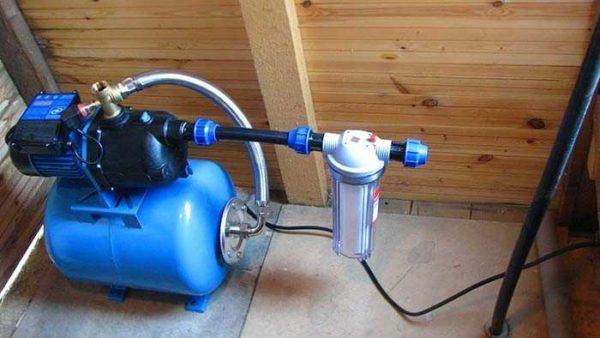
От други причини - повреден щепсел/гарнитура, изтъркан кабел, изгорели/окислени контакти на мястото, където електрическият кабел е свързан с двигателя. Това е нещо, което можете да проверите и поправите сами. По-сериозният ремонт на електрическата част на помпената станция се извършва от специалисти.
Двигателят бучи, но не изпомпва вода (работното колело не се върти)
Такава неизправност може да бъде причинена от ниско напрежение в мрежата. Проверете го и ако всичко е нормално, продължете. Необходимо е да се провери дали кондензатор в клемния блок не е изгорял. Вземете тестер, проверете го и го сменете, ако е необходимо. Ако това не е причината, преминаваме към механичната част.
Първо трябва да проверите дали в кладенеца или сондажа има вода. След това проверете филтъра и проверете контролния клапан. Може би те са запушени или повредени. Почистете, проверете функцията, спуснете тръбопровода на мястото му и отново стартирайте помпената станция.
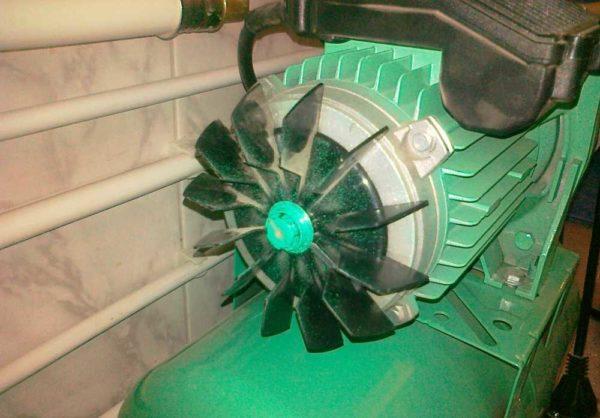
Ако това не помогне, работното колело може да е задръстено. Тогава опитайте да завъртите ръчно вала. Понякога след дълъг престой на празен ход той се "заклещва" - обрасъл е със соли и не може да се движи сам. Ако не можете да преместите лопатките с ръка, работното колело може да е задръстено. Тогава ремонтът на помпената станция продължава, като се отстрани защитният капак и се отключи работното колело.
Някои видове ремонтни дейности
Някои действия за ремонт на помпената станция със собствените си ръце са интуитивни. Например не е трудно да се почисти възвратният клапан или филтърът, но подмяната на мембраната или крушата в хидроакумулатора може да бъде трудна без обучение.
Замяна на "крушата" на хидроакумулатора
Първият признак, че мембраната е повредена, е честото и краткотрайно задействане на помпената станция, а водата се подава накъсо: ту силно налягане, ту слабо. За да сте сигурни, че това е мембраната, извадете пробката на нипела. Ако от нея излиза не въздух, а вода, това означава, че мембраната се е скъсала.
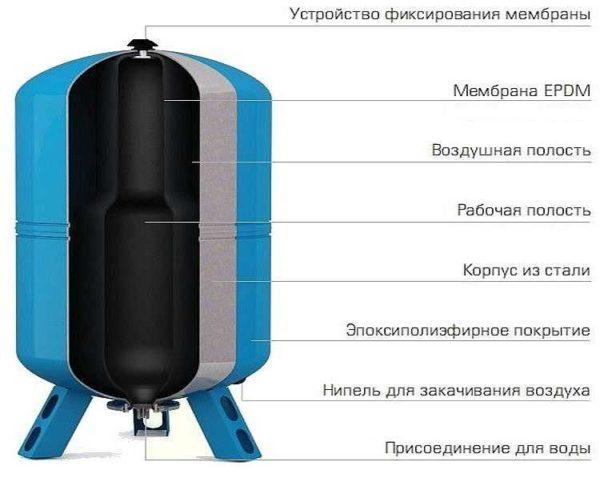
За да започнете ремонт на хидроакумулатора, изключете системата от електрозахранването, освободете налягането - отворете крановете и изчакайте водата да изтече. След това може да бъде изключена.
След това процедурата е следната:
- Разхлабваме закрепването на фланеца в долната част на резервоара. Изчакайте, докато водата се оттече.
- Отвийте всички болтове и свалете фланеца.
- Ако резервоарът е 100 литра или повече, в горната част на резервоара отвийте гайката на държача на мембраната.
- Извадете мембраната през отвора в долната част на резервоара.
- Изплакнете резервоара - обикновено в него има много утайки с ръждив цвят.
- Новата мембрана трябва да е точно същата като повредената. Поставете в нея конектора, с който горната част е прикрепена към тялото (завийте го).
- Монтирайте мембраната в резервоара на акумулатора.
- Ако има такава, монтирайте гайката на държача на мембраната в горната част. Ако резервоарът е голям, няма да можете да го достигнете с ръка. Можете да завържете държача за въже и така да инсталирате частта на място, като завиете гайката.
- Затегнете шийката и натиснете фланеца, поставете болтовете, като ги завивате последователно на няколко оборота.
- Свържете се със системата и проверете работата.
Подмяната на мембраната на помпената станция е завършена. Въпросът не е сложен, но е необходимо да се познават нюансите.


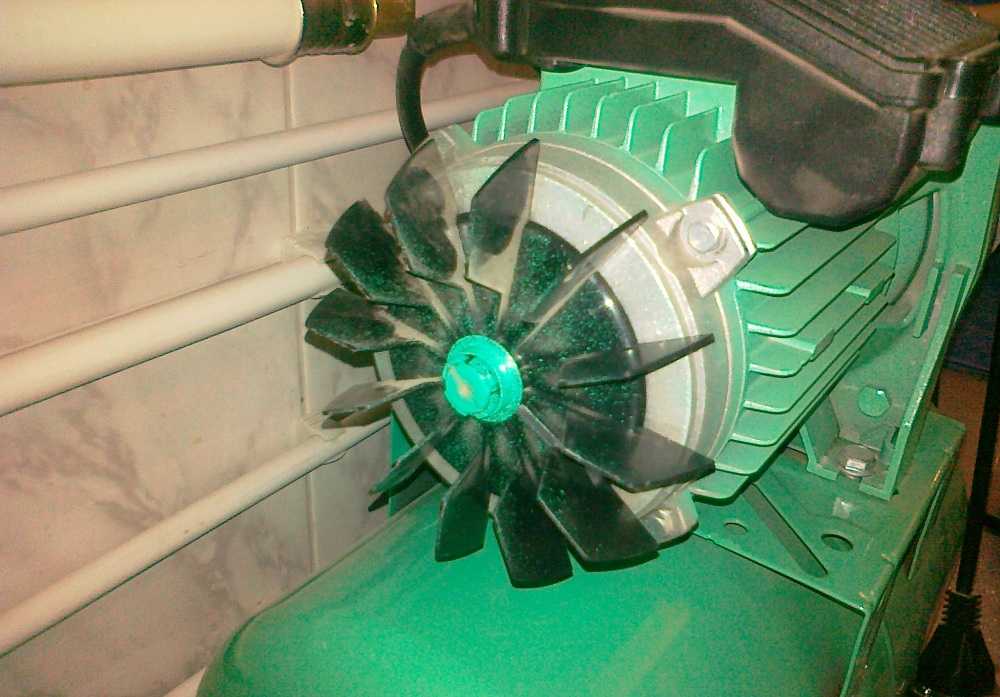
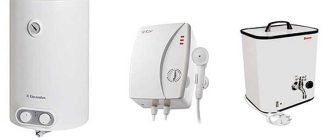

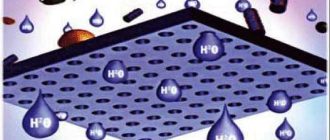
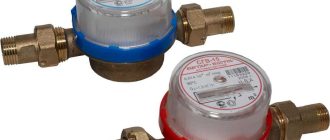
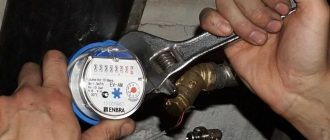
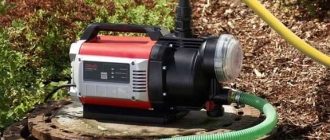
As a maintenance tech, I once tackled a major pump failure. It was a real puzzle! After some teamwork and elbow grease, we got it back online. Nothing beats that feeling of fixing a big issue and keeping the water flowing smoothly. Teamwork makes the dream work!